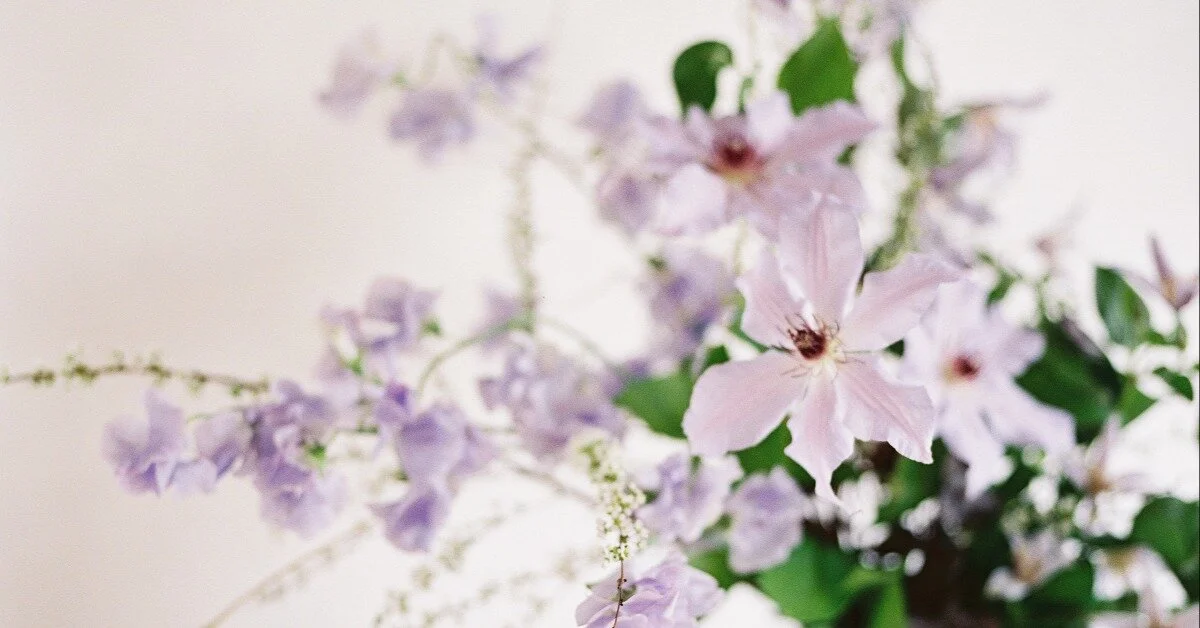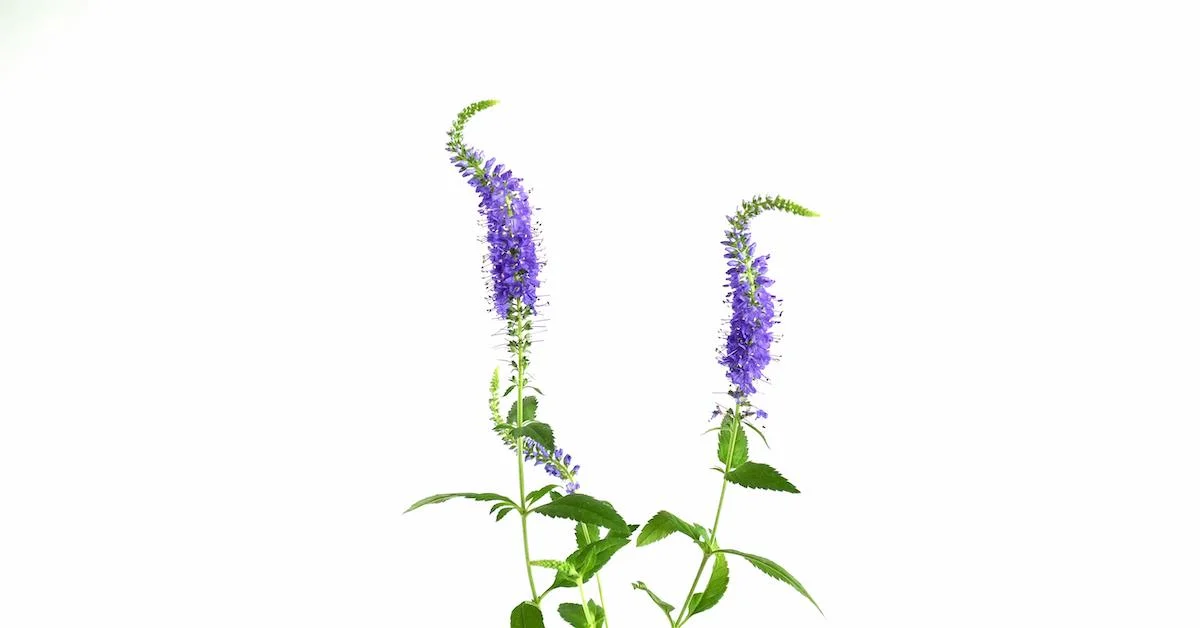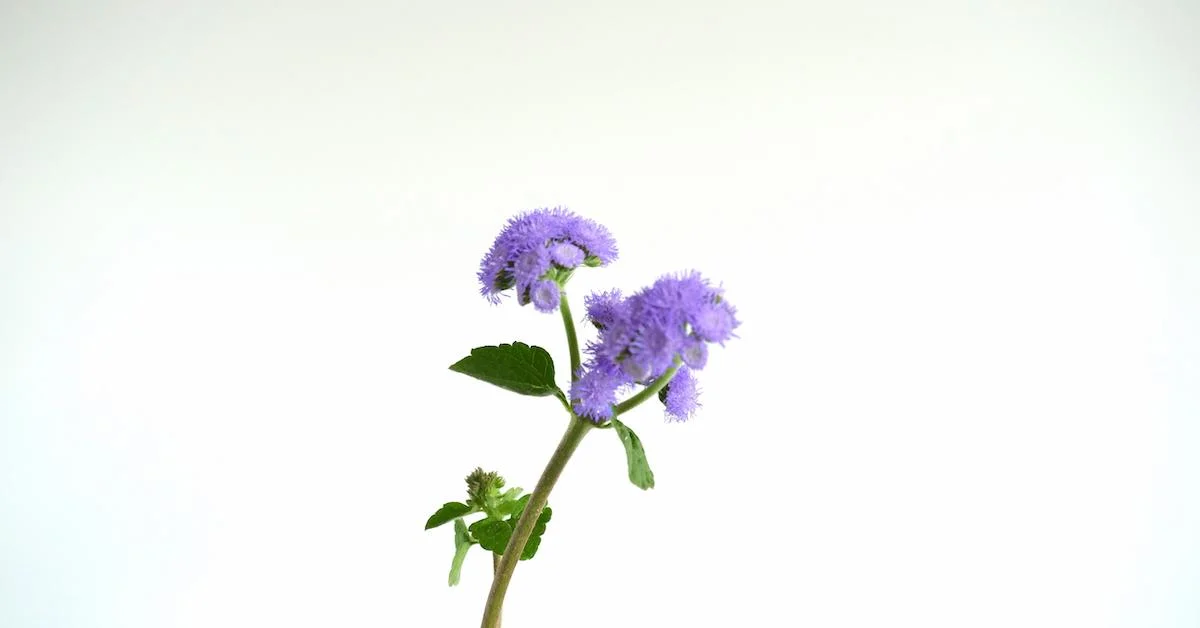In this Team Flower Business Model Highlight, we're featuring Little Hollow Flowers, a family-owned and operated farm specializing in growing seasonal and sustainable cut flowers.
All tagged perennials
Best Perennials That Bloom All Season for Cut Flower Gardens
Looking for the best perennials that bloom all summer long? Check out these comprehensive lists—sorted by color type—of perennials that rebloom and are excellent for cut flowers and floral design work.
Why You Should Grow Native Perennial Flowers on Your Flower Farm
Flower farmers: Native plants offer a number of additional advantages over ornamentals and annual cuts—including energy and conservation, increase in pollinators, and simplifying your space. This article dives into the staying power of native perennials and the benefits of adding them to your farm.
Video: Flower Feature—Blue Veronica
This is a great flower to use to bring color out the edges of your arrangement—especially when creating sculptural pieces! Even if you’re usually creating a round arrangement, you can use Blue Veronica to add a bit of whimsy to the design.
Video: Flower Feature—Using Ageratum in Floral Arrangements
In this video, I’m here to teach you all about ageratum (pronounced “ah-jer-AY-tum”)! This flower comes in various colors—blue, pink, and white—and is native primarily to Central America and Mexico, but the United States also has several native varieties! Ageratum is easy to grow and is sometimes a perennial, which means it’ll come back year after year!
5 Useful Perennials You Can Grow for Your Own Floral Designs
Many floral designers are beginning to dabble in growing their own flowers as much as they can. The feeling of growing, cultivating, harvesting, and eventually arranging with stems that you produced yourself is a transcendent experience that you can enjoy by planting these easy-to-grow, beautiful perennials in whatever garden you might have available.
Best Practices for Flower Farming in New England
Flower farming in New England is not for the faint of heart. Blazing heat and humidity in the summer, frigid cold temperatures in the winter, wind, rain, snow—then throw in the occasional hail storm, hurricane or Nor’easter, and you know you need a resilient and determined personality (read: stubborn) to grow flowers professionally in New England. With a relatively short season in which to grow, season extension and succession planting are the keys to success, but learning to accept your zone and work within its natural cycles is also important. In this article, I will attempt to summarize some of the best practices for growing flowers in New England.
Annual Vs. Perennial for New Growers
When you are planning a cutting garden and choosing flower varieties, there are several decisions to consider. Perhaps one of the most important is whether to grow annuals, perennials, or a mixture of both.








